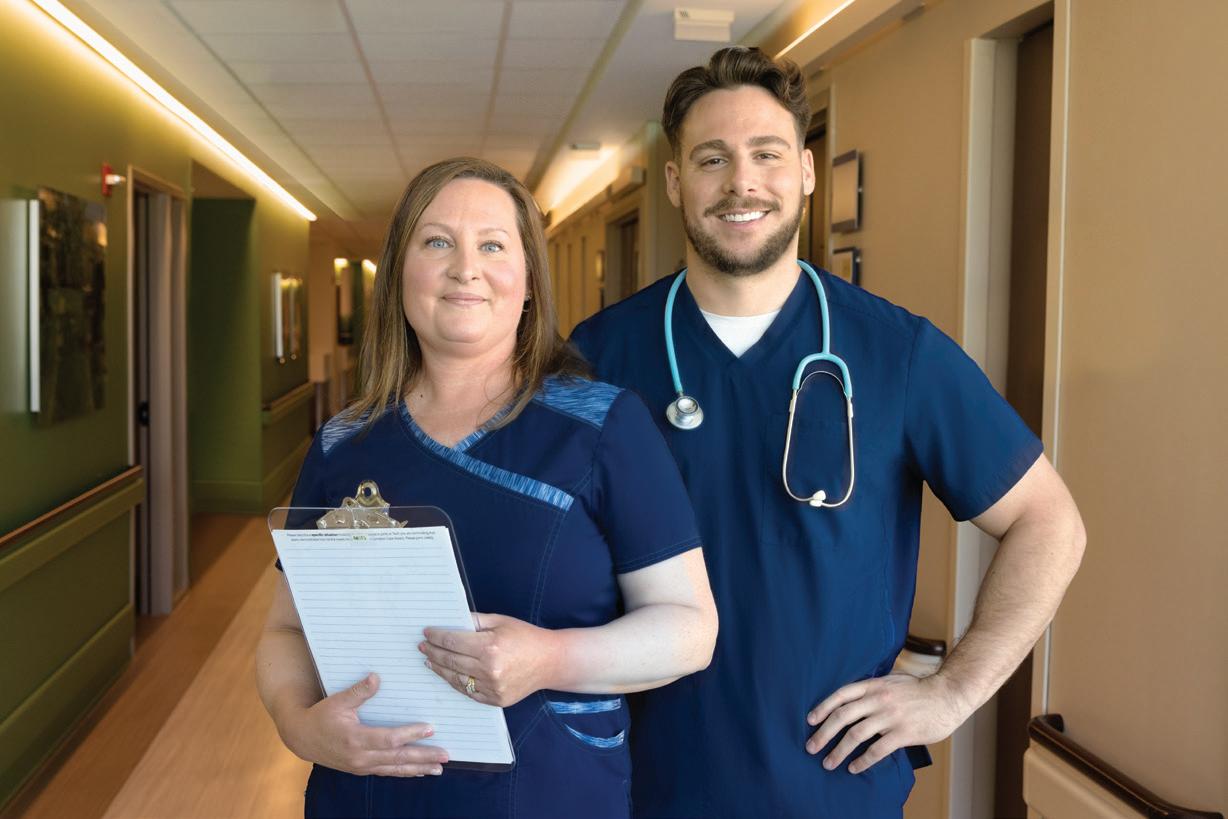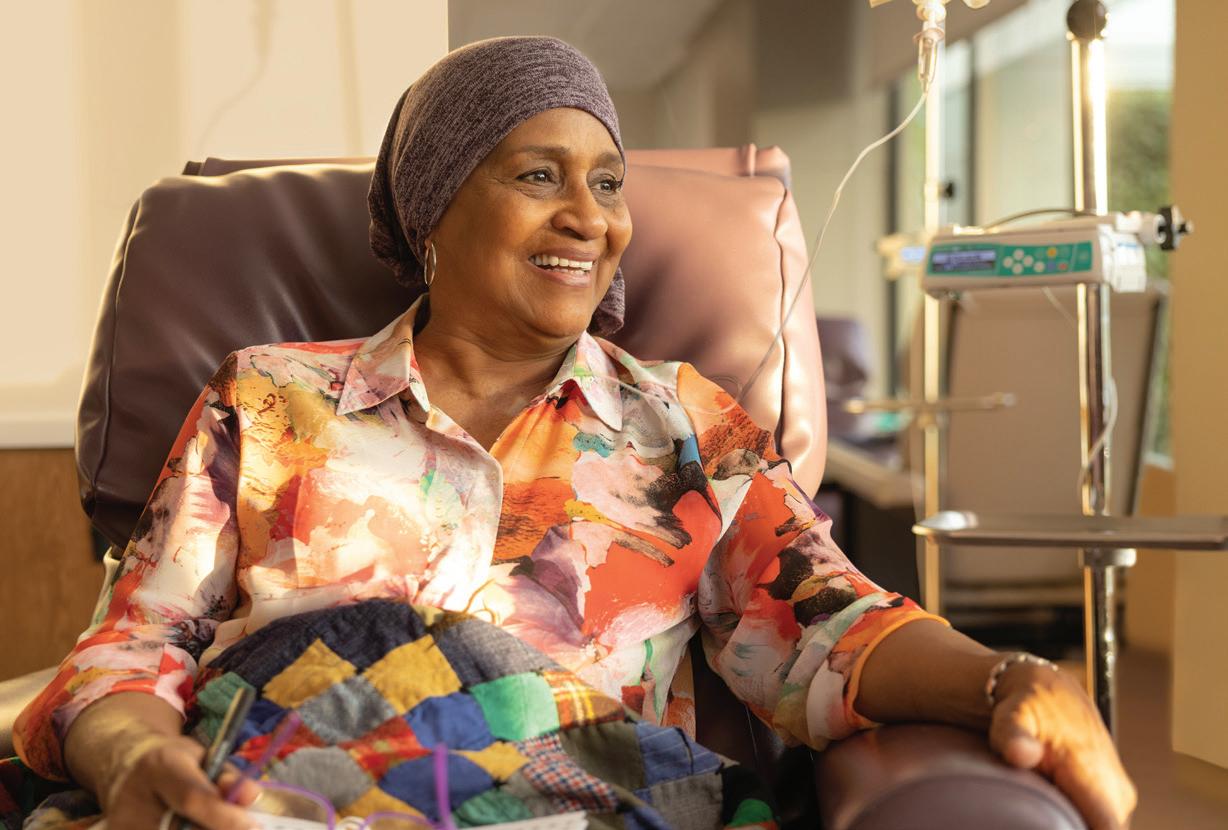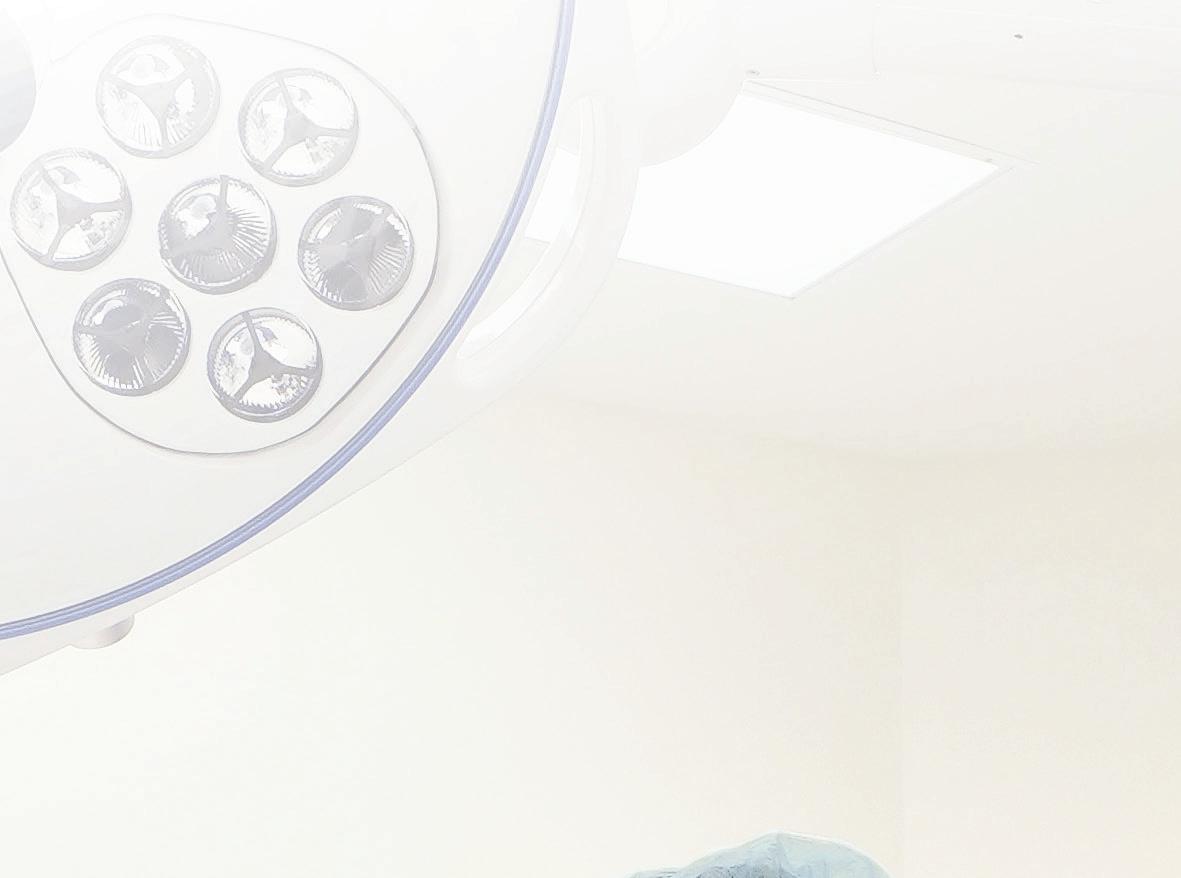
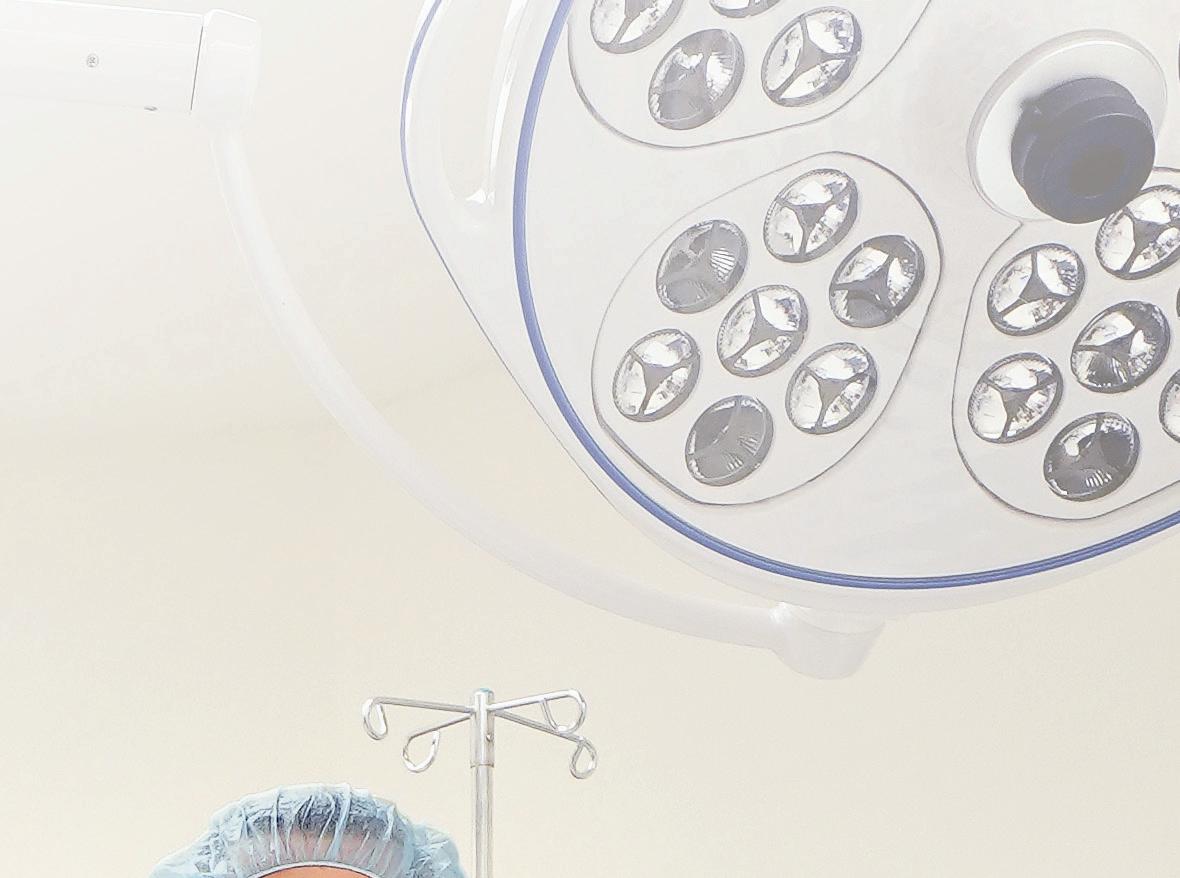


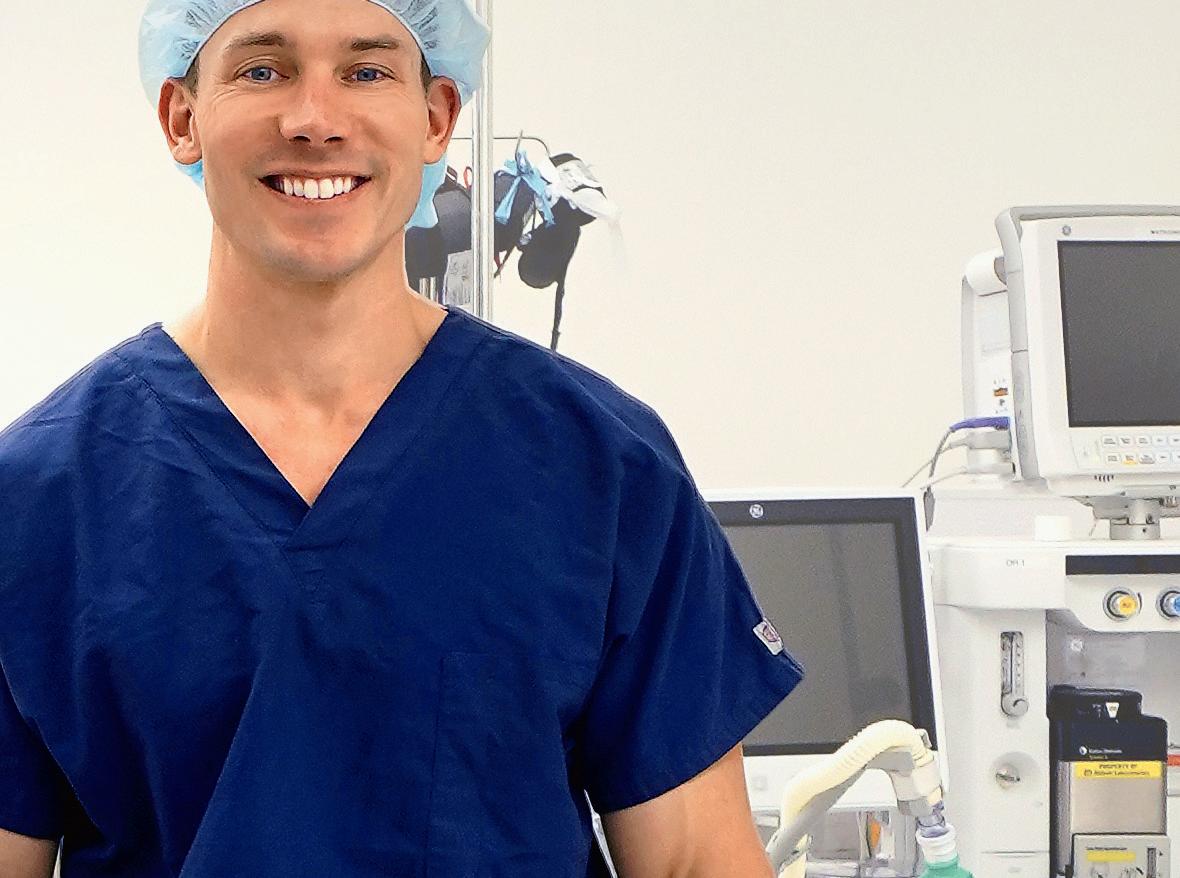



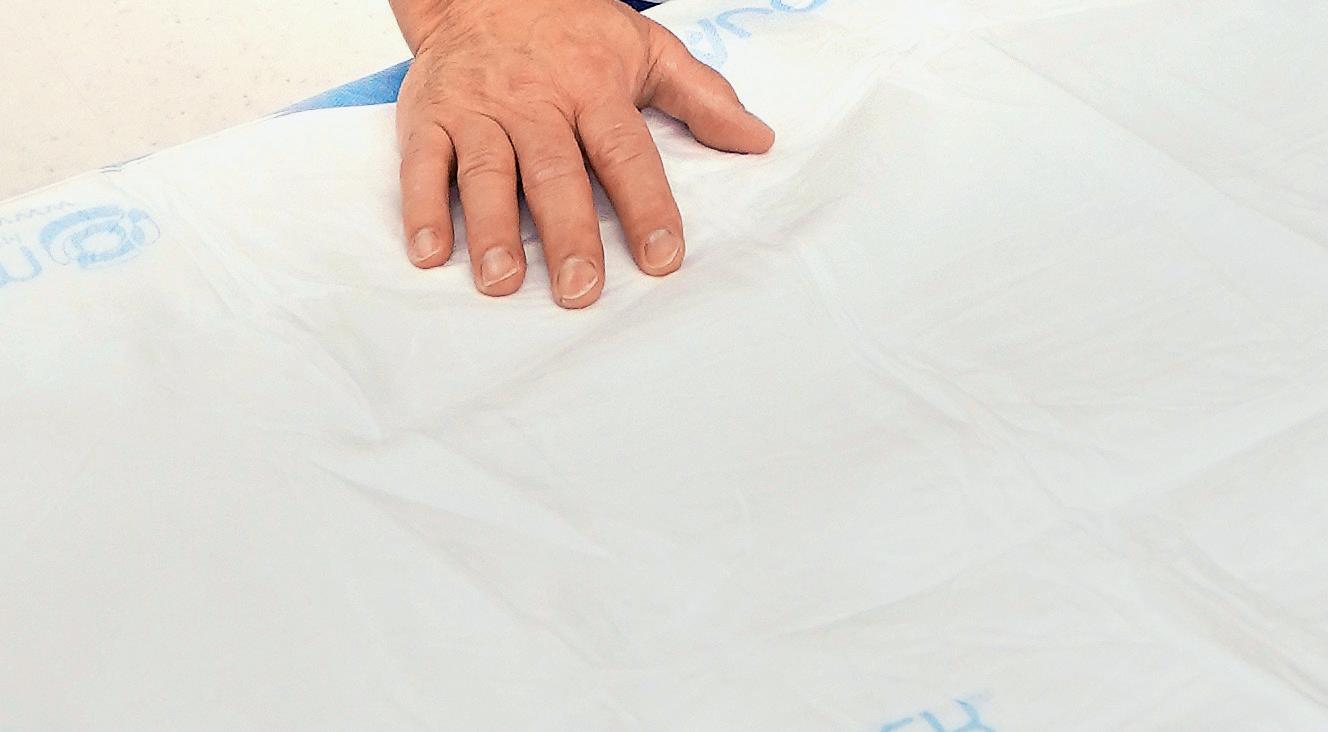
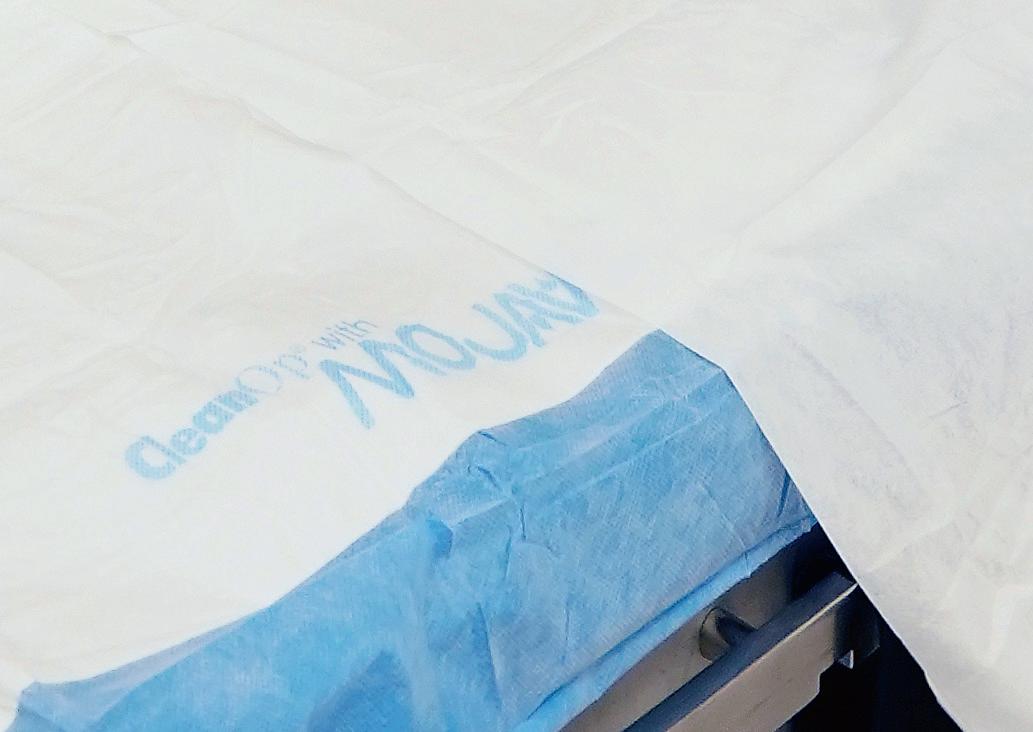

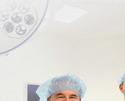
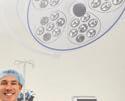
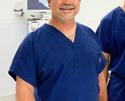


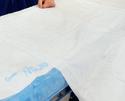


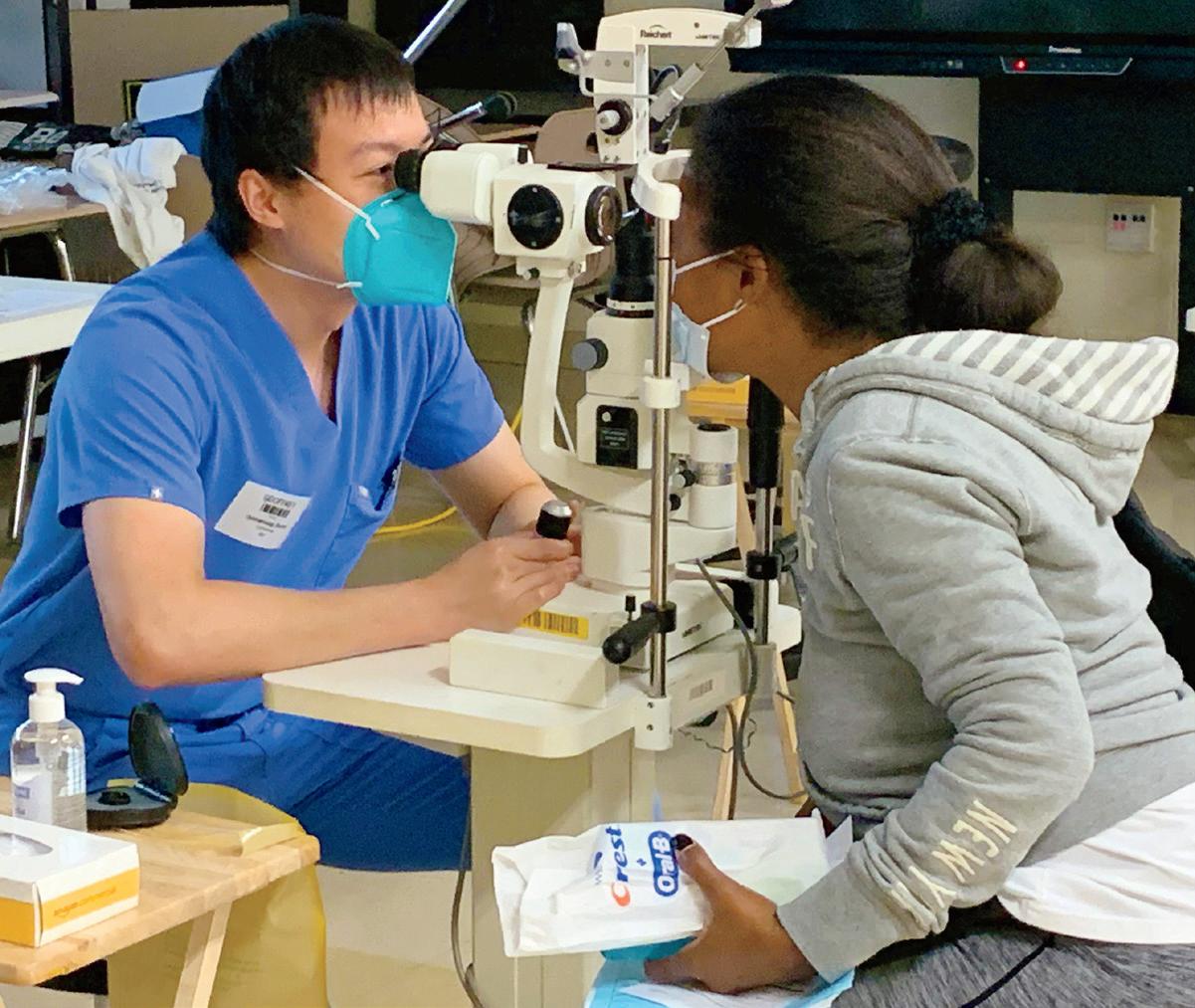
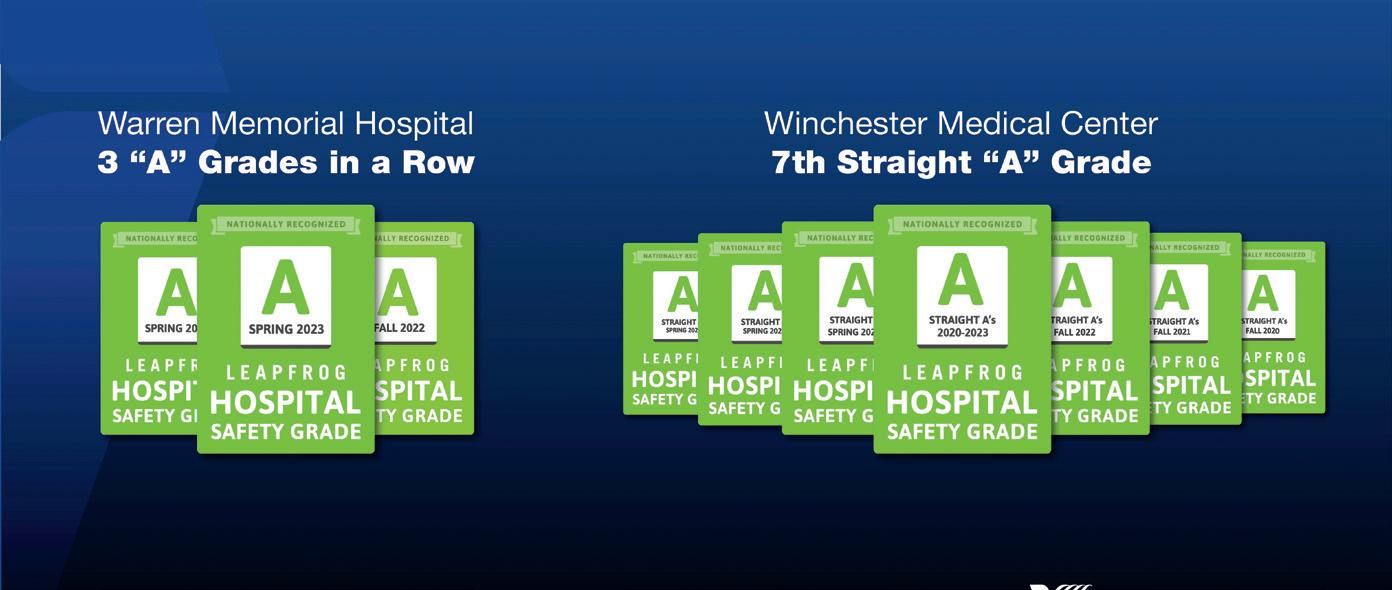

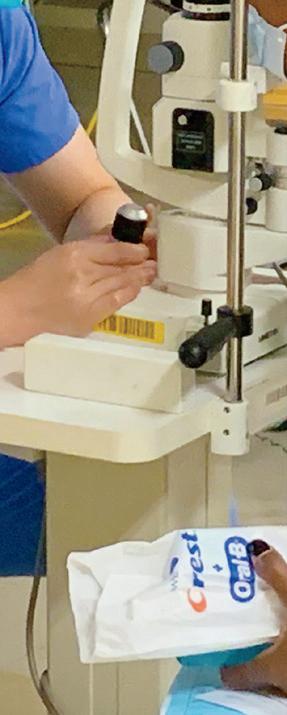
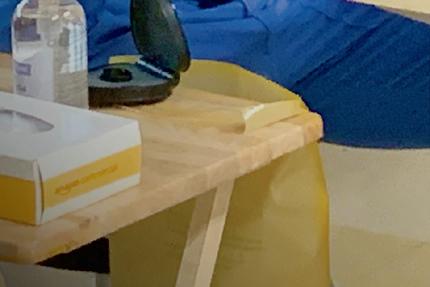



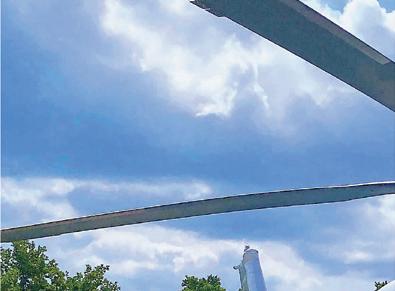

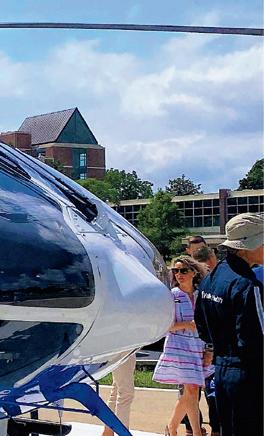



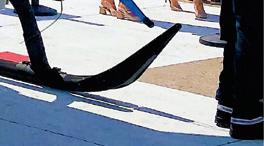
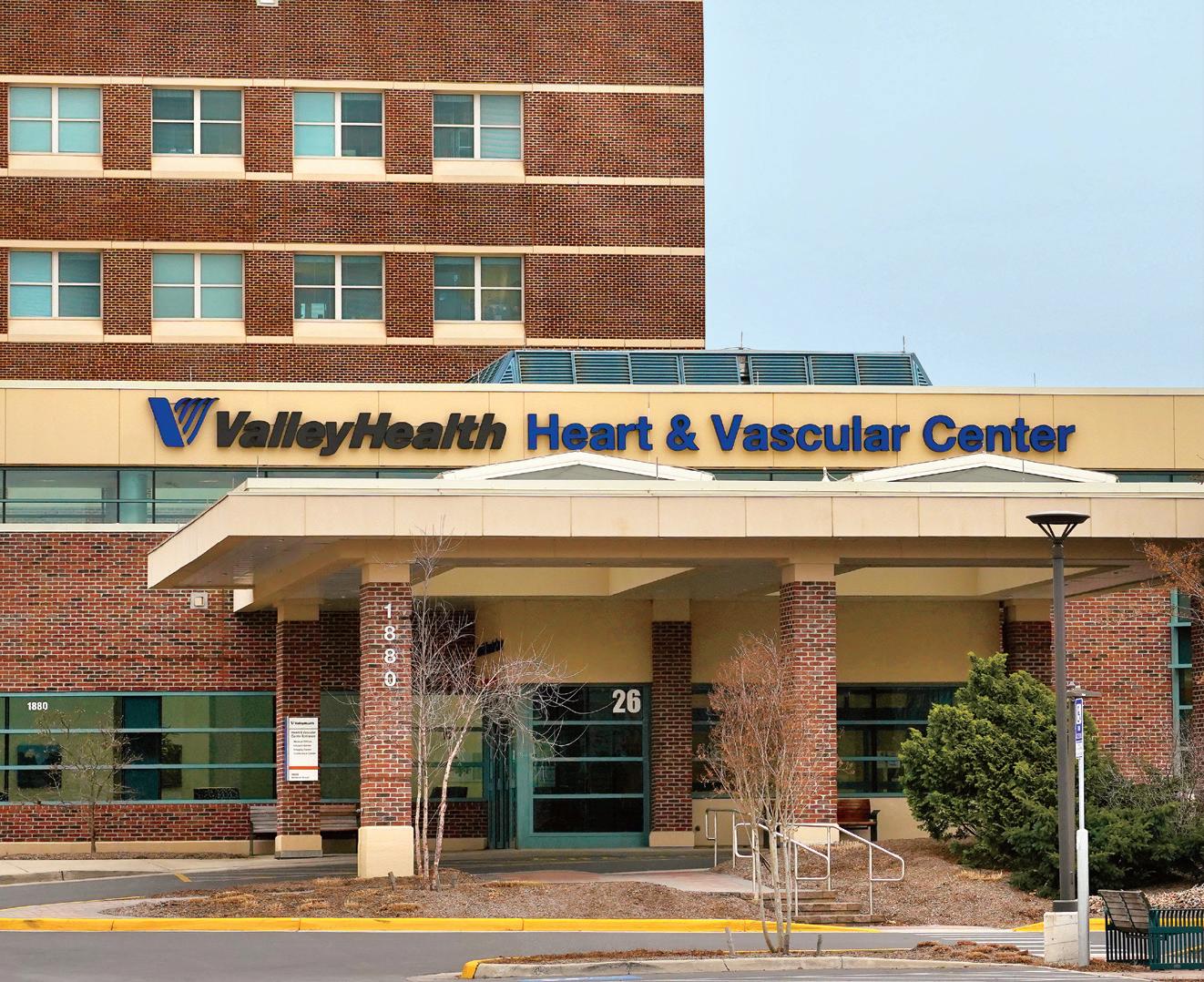

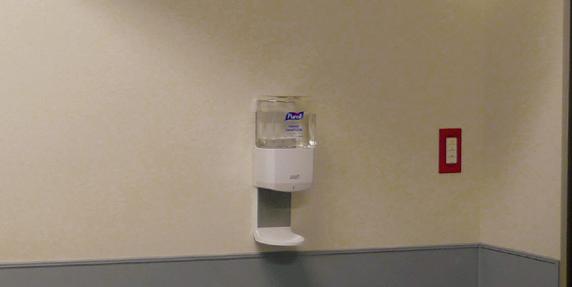

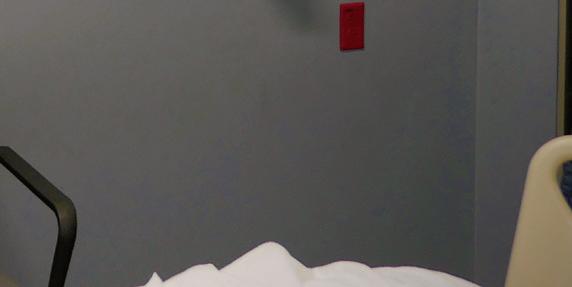





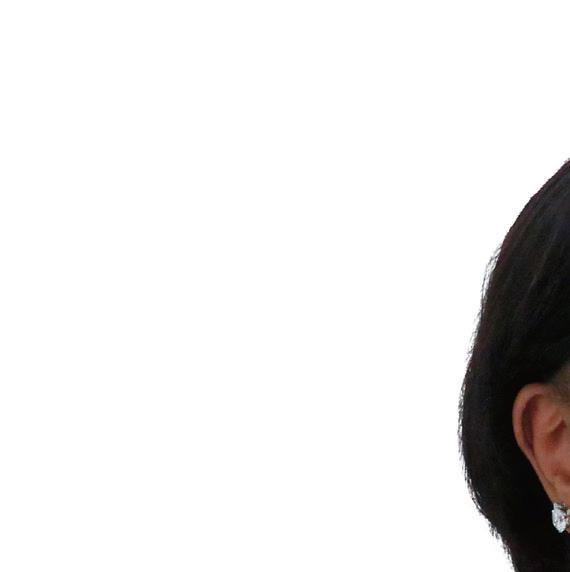



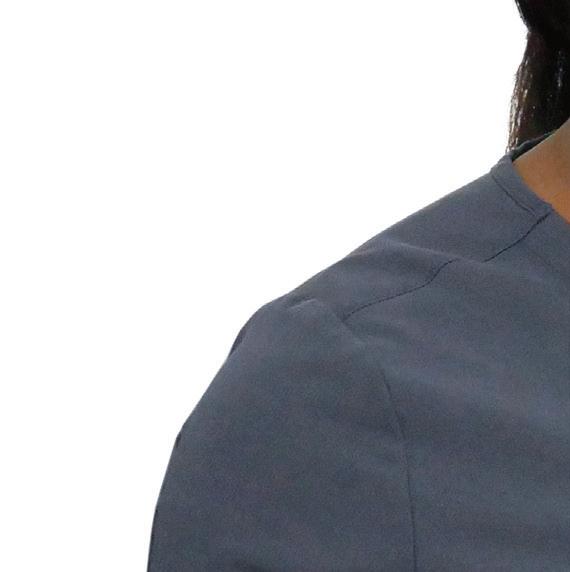

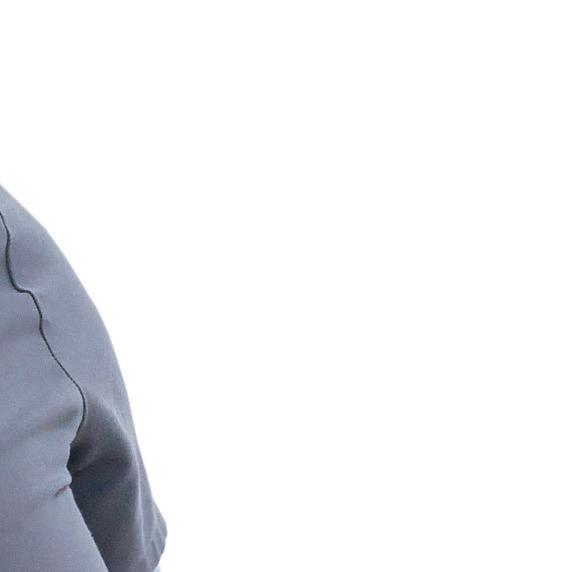



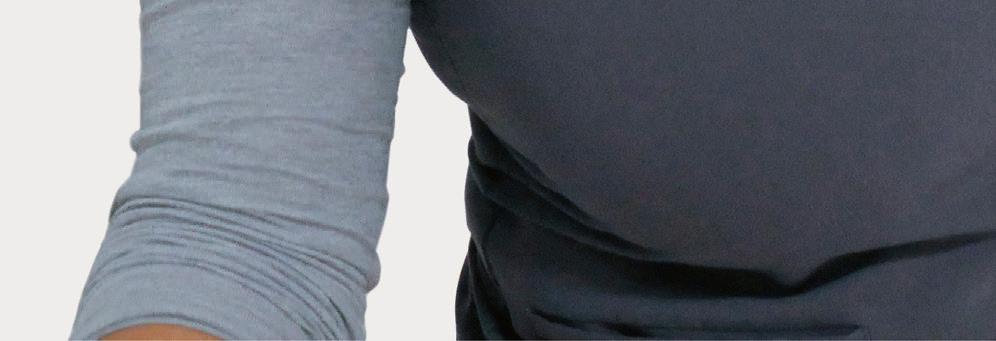

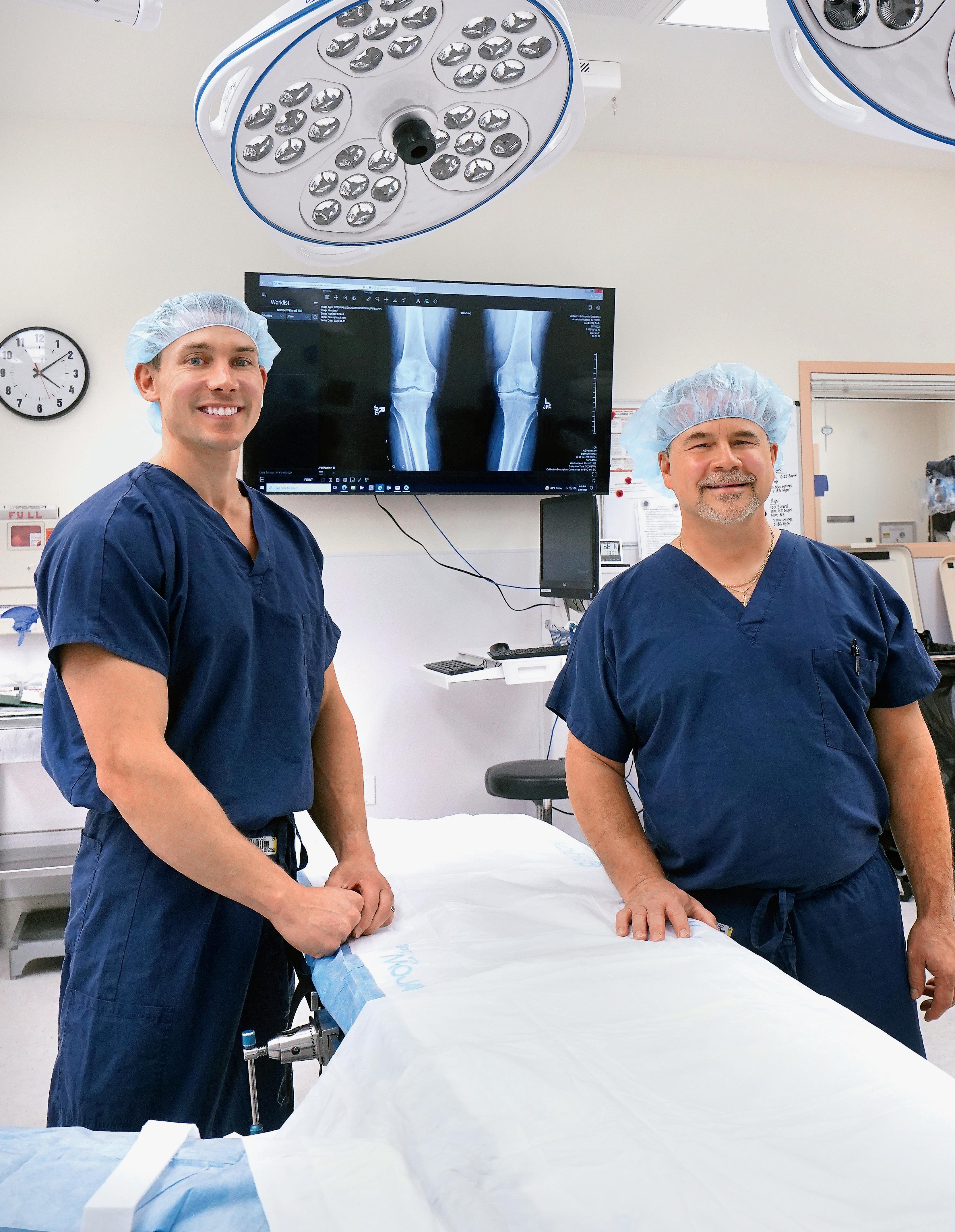









MALE BREAST CANCER: A PATIENT’S JOURNEY
While it is much less common in men than women, breast cancer can affect both—and early detection and expert care help patients like Jon Hof have the best outcomes
On vacation in 2022, Jon Hof noticed a marble-like lump in his right breast.
“It felt like an olive and was the size of a dime in diameter,” says the 77-year-old from Wardensville, West Virginia.
Encouraged by his wife, Sherri, Hof scheduled an appointment with his primary care provider. Although the doctor thought it was likely a cyst, she advised him to see a breast surgeon.

One biopsy later and Hof learned he had stage 1 breast cancer—a diagnosis that took him and his wife by complete surprise.
“I never knew a man with breast cancer,” Sherri says. “I knew it was possible, but I didn’t think it was probable.”
Hof was in disbelief. “It was overwhelming to me,” he says. “To be a male and to have breast cancer … it compromised my feeling of masculinity.”
HOF’S HEALTHCARE JOURNEY
Ken Mason, MD, a breast surgeon at the Valley Health Breast Center, recalls the noticeable mass on Hof’s chest. Since the mass was soft and smooth (most cancers are gritty and hard), Dr. Mason at first believed it was a sebaceous cyst. But the biopsy told a different story: Hof had a 19 mm cancerous tumor.
While most women are able to catch their cancer in the early stages because they get mammograms and have a general awareness of breast cancer, men often present with more advanced, palpable breast masses.
“Invariably, men with breast cancer are always more advanced when they come in because they don’t suspect they have breast cancer,” says Dr. Mason. “So they don’t come in until the mass is large.”
Luckily, Hof’s cancer was still stage 1. He underwent a mastectomy, during which Dr. Mason removed the tumor and the skin around it down to the pectoral muscle. Surgery left Hof with a scar and a hollow cavity in his chest.
Yusuf Akpolat, MD, a fellowship-trained breast radiologist at Valley Health, is an expert in breast imagery. He says breast imaging for men is very different than for women. Men don’t have as much breast tissue, which makes it more challenging to perform a mammogram. However, because the male tissue is all fat, it’s easier to see through and determine if a mass is present.
Richard Ingram, MD, a medical oncologist at Shenandoah Oncology who treated Hof post-surgery, says most men with breast cancer get mastectomies, in which all breast tissue is removed. This is because they don’t have enough tissue, like women do, for wound healing or cosmetic procedures post-surgery.
Dr. Ingram reviewed Hof’s pathology and recommended an Oncotype DX test, which predicts how likely breast cancer is to return after surgery and the benefit of receiving chemotherapy. Hof was in the low-risk category, which meant he was not predicted to benefit from chemotherapy post-surgery.
“Jon has a very good prognosis,” Dr. Ingram says. “He caught his cancer at an early stage, he had successful surgery, and his Oncotype score was low.”
For the next five years, Hof will take daily tamoxifen, a medication that blocks the effect of estrogen in breast tissue by blocking the estrogen receptor. He will also visit Dr. Ingram twice a year. “It was a hard maturing process,” Hof says about his experience. “You don’t think you can mature when you get older, but you can. My advice would be not to turn away from your diagnosis. As much as you fear it, don’t turn away.”
BREAST CANCER IN MEN
While 1 in 8 women in the U.S. will get breast cancer in their lifetime, only 1 in 800 men will experience the disease, says Dr. Mason. In his 40 years as a surgeon, he has treated 30 men with breast cancer. “It’s an awkward situation for a man,” Dr. Mason explains. “Most men are embarrassed, and most don’t think they can get it.”
Although the risk is low, men still need to remain vigilant of their breast health. “If you are a man and you feel a lump in your chest wall, armpit or in your lymph nodes, or if you experience any skin changes around the breast, seek relatively quick medical attention,” Dr. Ingram says. “You don’t need to be alarmed, but you shouldn’t dismiss or ignore it.”

Dr. Mason encourages anyone who feels a mass in their breast to see their primary care doctor or visit the breast center. A mammogram, ultrasound and/or biopsy can shed light on whether the lump is cancerous or benign.
“Men need to have a higher level of suspicion than they do,” he says. “Most think they can’t get breast cancer. They ignore it. I wish we had more awareness about it so that men come in with a mass of 5 mm and not 19 mm. Your chance of survival is much better with a smaller mass.”
In addition to Dr. Mason and Dr. Ingram, Valley Health is proud to offer the exceptional services of breast surgeon Anita Minghini, MD; plastic surgeon Neal Topham, MD; and the other members of the multidisciplinary breast team. Visit valleyhealthlink.com/breastcancer to learn more.




